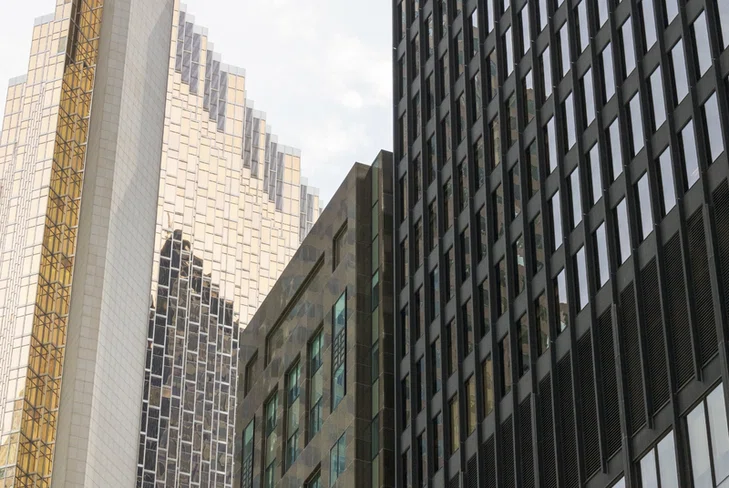
Jason Ostapeic—Senior Risk Control, Commercial Insurance, Unica

T In these unprecedented times, lockdowns and self-isolation requirements are resulting in job sites being shut down and employees working from home wherever possible. Many of these shutdowns mean commercial buildings and construction sites sit idle for extended periods of time and could be subject to property and liability damages typically associated with vacant properties.
To help minimize exposure, it’s important to be aware of building maintenance schedules including roofing repairs, HVAC and refrigeration systems, and fire protection equipment service and maintenance. Keeping track of scheduled maintenance is an important and proactive approach to minimizing unwanted property damage. During winter months, maintenance and service checks are especially important to help mitigate water freezing in exposed pipes, which could burst and result in significant water damage to buildings and property.
For property managers
- Ensure all fire protection equipment is well maintained and in working condition.
- Monitor water flow switches attached to sprinkler systems; alert authorities if a speedy response to prevent or minimize fire and water damage is required.
- Make sure monitored security systems are operational—these facilities are attractive targets for theft during prolonged vacancy.
- Check refrigeration systems daily to prevent stock spoilage.
- Make frequent visits to the property to ensure debris isn’t accumulating around the exterior—another strong indicator that a building isn’t occupied and an attractive target for vandalism. Daily visits are preferable but checking in a few times a week is adequate.
- Keep the exterior of the building illuminated
- including entrances and any exterior stock accumulation.
- Use barriers or perimeter fencing to prevent unwanted visitors from construction sites.
- Consider security cameras and documented security patrols to monitor irregular activity.
For manufacturers
- Ensure all fire protection equipment is well maintained and in working condition.
- Monitor water flow switches attached to sprinkler systems; alert authorities if a speedy response to prevent or minimize fire and water damage is required.
- Make sure monitored security systems are operational—these facilities are attractive targets for theft during prolonged vacancy.
- Check refrigeration systems daily to prevent stock spoilage.
- Make frequent visits to the property to ensure debris isn’t accumulating around the exterior—another strong indicator that a building isn’t occupied and an attractive target for vandalism. Daily visits are preferable but checking in a few times a week is adequate.
- Keep the exterior of the building illuminated
- including entrances and any exterior stock accumulation.
- Use barriers or perimeter fencing to prevent unwanted visitors from construction sites.
- Consider security cameras and documented security patrols to monitor irregular activity.
Under today’s exceptional circumstances, the situations your clients face may change on a daily basis. Review business continuity plans with your clients and ensure they’re updated with the lessons learned from recent shutdowns. In the event your clients are unable to access their property for an extended period, it’s important they’re well prepared with a detailed contingency and business continuity plan to help them return to operations as quickly and as safely as possible.
Insurance is a partnership between business owners, insurance brokers and insurers. A proactive approach to risk management is critical in quickly and effectively addressing unforeseen challenges. Helping your clients reduce their risk and avoid unnecessary claims demonstrates active and ongoing support of their insurance needs. It’s what brokers do best.

